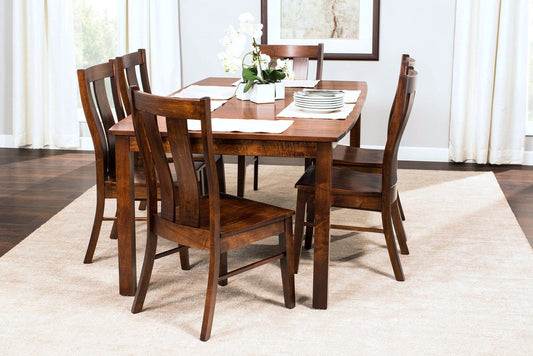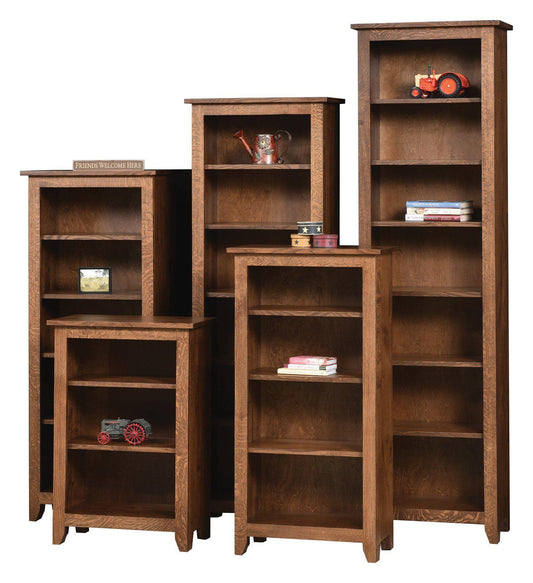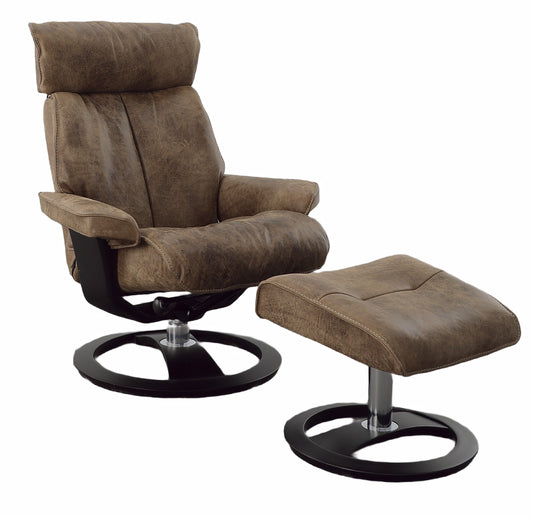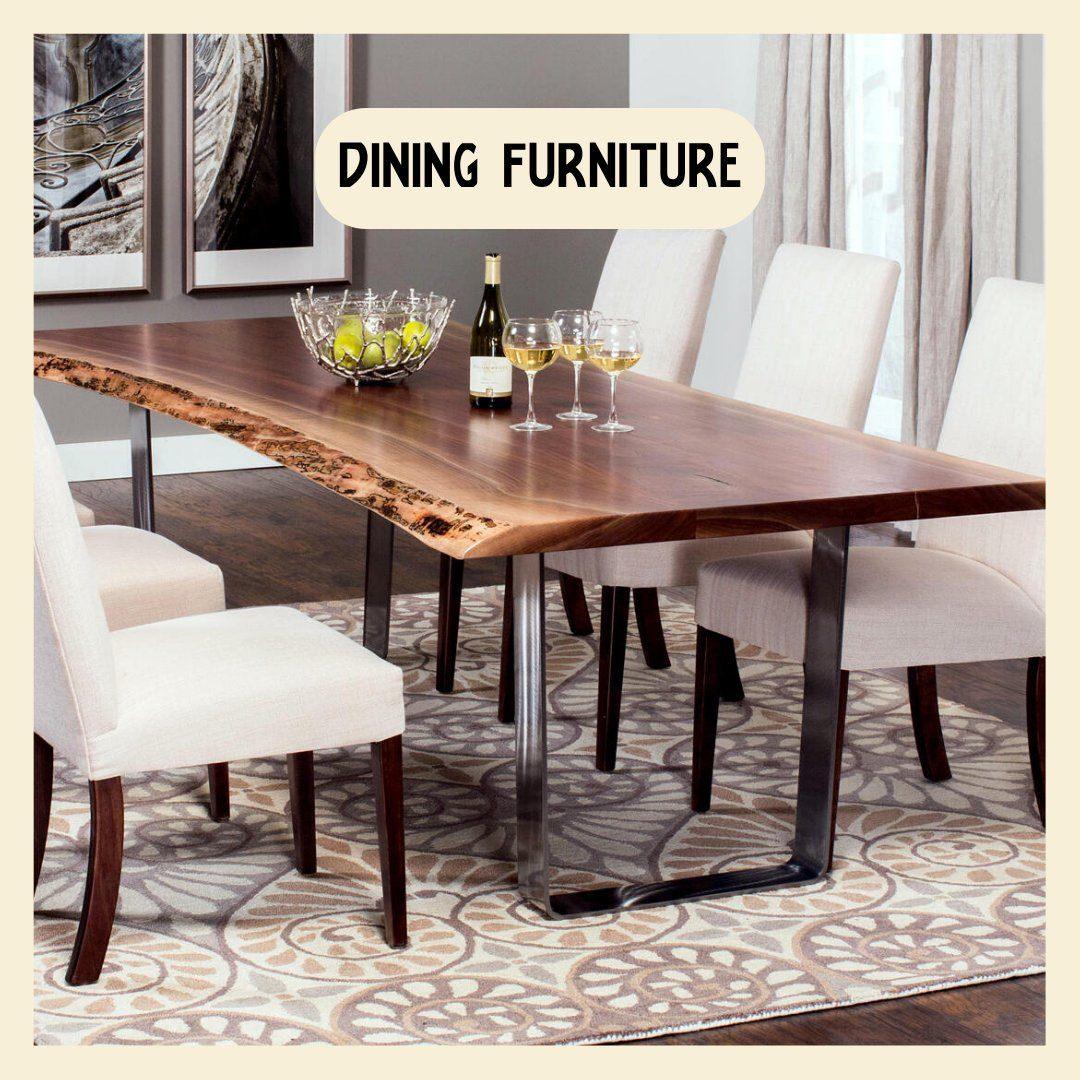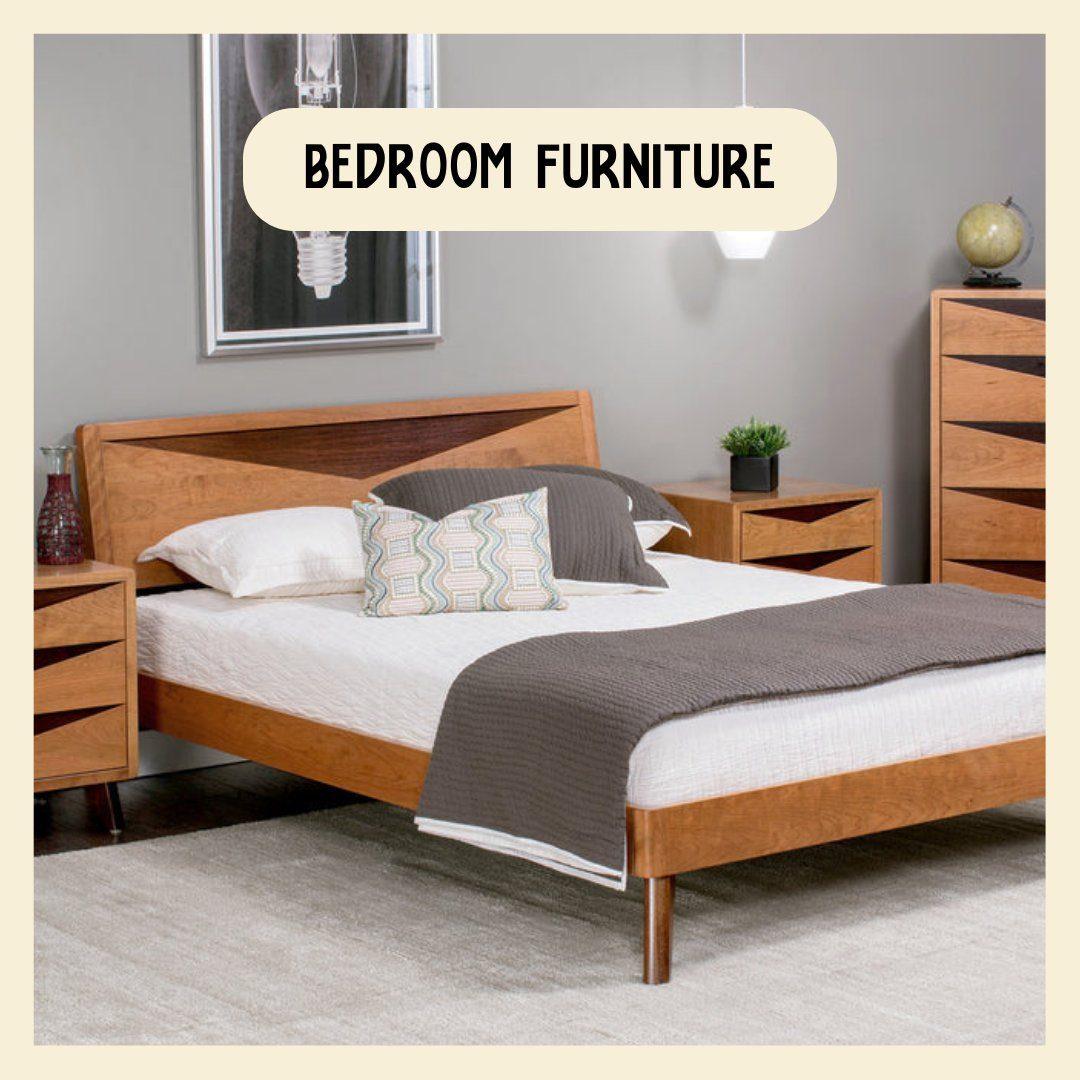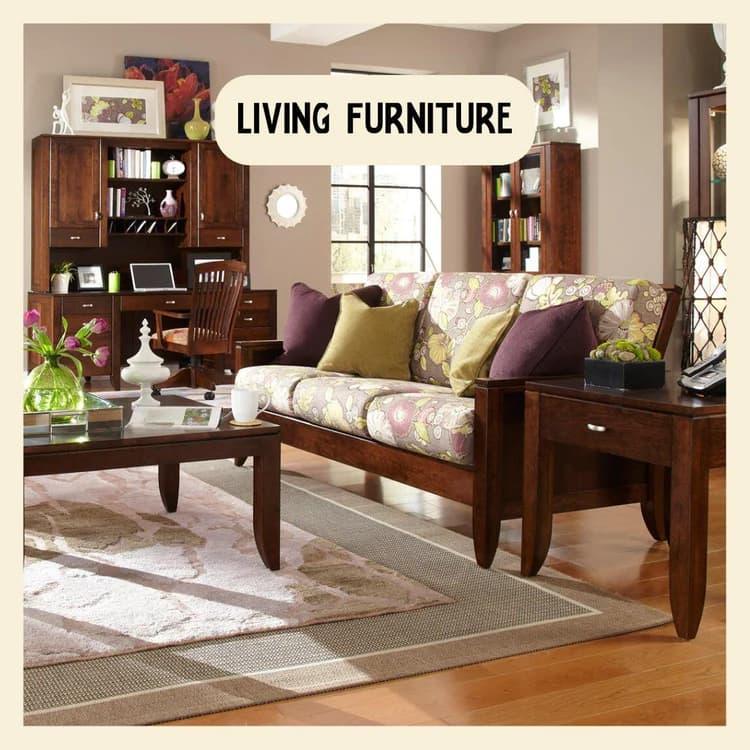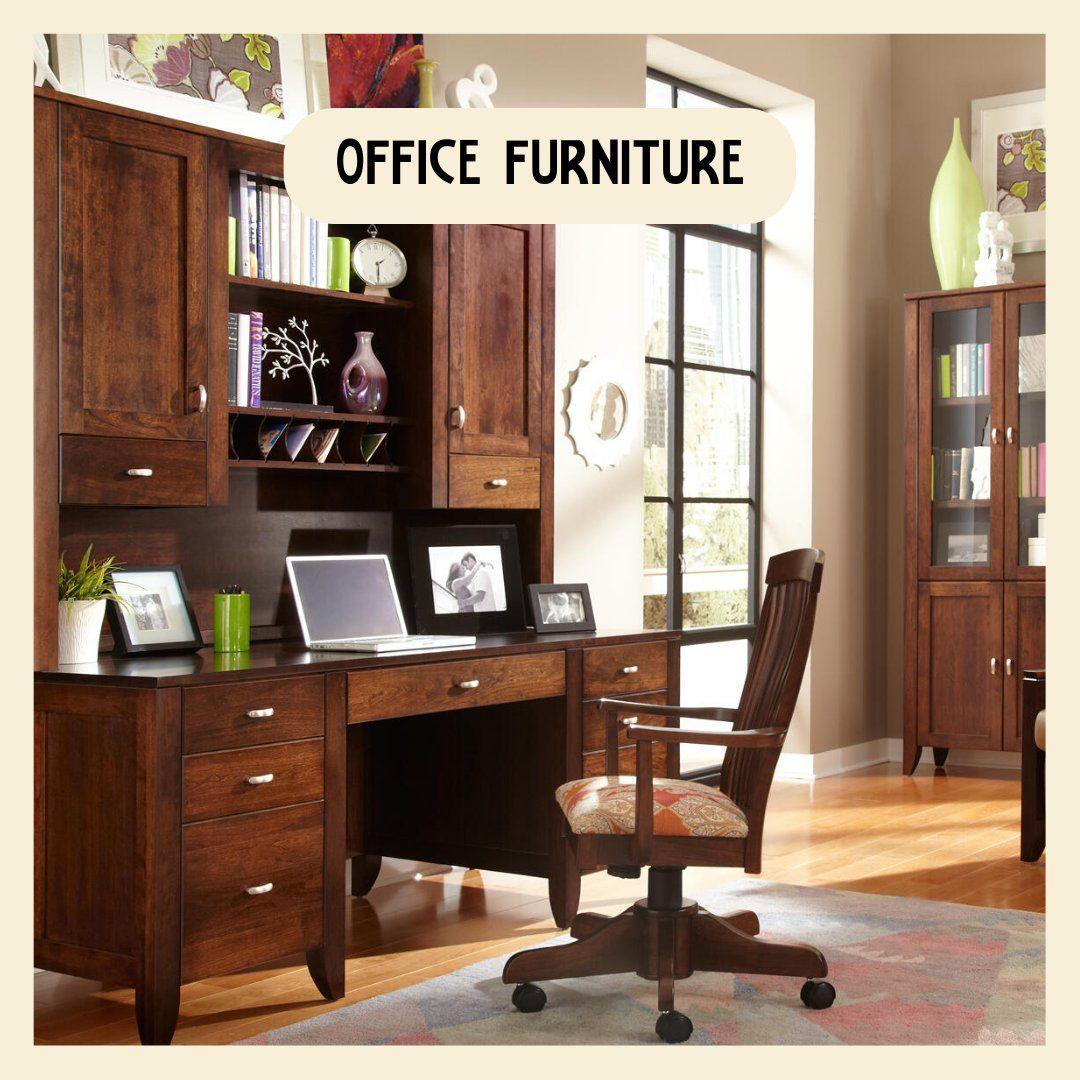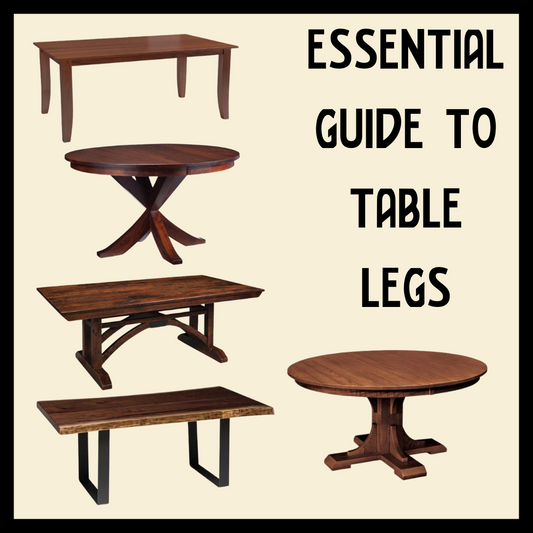The Ultimate Guide to Outdoor Lighting for Historic Homes
Whether being used for landscaping, security or dramatic effect, the lights you choose and the way they are used will deliver enviable curb appeal and bring your exterior to life.
With all the hard work put into making your home look it’s very best when the sun is up, there’s no reason it should suddenly disappear when night falls. Outdoor lighting is exactly what it sounds like. Designed for use on the outside or exterior of the home or building. This lighting can be used to highlight key features of the home’s landscape, add drama to surfaces that wouldn’t normally stand out, or simply illuminate a clear pathway to an entrance.
Once you have an idea of what it is you are needing, choosing the right outdoor lighting to fit your home’s style will be easy. This guide will walk through the types and styles of outdoor lighting, help you determine where it should be placed and offer tips and tricks to make sure you’re getting the ‘light’ effect you’re looking for!
Types of Outdoor Lighting
Maybe you already have an idea of the type of outdoor lighting vibe you’re seeking. If not, this will be a good overview of the three main ones that will get you to your primary design goal.
- Task Lighting - Lights up a specific area making the completion of a task easier. On the outside of a home, this type of lighting is used primarily to illuminate pathways and entrances offering a clear path to both residents and guests. This type of lighting can be accomplished through pathway lights, deck or outdoor step lighting.
- Ambient Lighting - Often referred to as general lighting, it provides an area with overall outdoor lighting. In the darkness, a lower watt or lower lumen outage bulb is generally sufficient to give off a comfortable level of brightness without glare. This type of lighting can be accomplished through use of wall or post-mounted lighting.
- Accent Lighting - If you want to add drama and create visual interest, accent lighting is what you’ll need. This type of lighting will often be seen highlighting trees, but can be used for pathways, architectural features or interesting landscaping. This type of lighting is often accomplished through the use of spotlights.
Outdoor Lighting Fixtures
There are a number of different kinds of outdoor lighting fixtures that can be used to illuminate your space. Here’s a quick rundown.
Path Lights - Small posts with a light built in and capped with a diffuser.
They are typically seen lining a walkway, but can also be used to frame out another feature in the yard, such as a pond, or line a driveway.
Ceiling and hanging lights - These come in a wide range of styles at varying
levels of brightness. They are typically rated to be operable only in damp spaces, like on the porch or under an overhang, where they won’t receive direct exposure to rain and snow.
Wall lights - Mounted on almost any vertical surface, these are often found on the front and back porches. Durable and attractive, they are
typically used for decorative purposes offering only accent or ambient lighting as opposed to bright lighting.
Post Mount Lights - Lights that are mounted to a pole or post that is dug into the ground. Typically, the light, base and post must be purchased separately.
Pier/Column Mounted Lights - Lights that are mounted on top of a column or

pier. No need for an additional pole or post. They are typically mounted in front of the home on a brick column or on an actual pier with posts already in place. They are used for both accent and security lighting.
Outdoor Ceiling Fans - Perfect for covered areas that don’t get wet such as an entryway, porch, sunroom or veranda. They are both functional and stylish. For
a large space, choose a fan that is 60 inches in width and hang no more than 9 feet above the floor so you can actually feel the air movement.
Outdoor Lighting Styles
Matching the style of lighting with the style of your home might be almost as important as making sure your home has some sort of outdoor light to begin with! This is where your home can really shine, literally, in the curb appeal department.
In general, silver and lighter color finishes will tend to look more modern. Bronze, brown and black finishes will look more traditional. Modern styles will be clean and simple. Traditional will be detailed and more ornate.
Craftsman, Mission - This type of lighting showcases geometric structure, simple lines and inspiration from well-known architects like Frank Lloyd Wright and the Greene brothers. The style is versatile, working well with homes that are Craftsman or Contemporary and everything in between!
Midcentury, Modern - Flat surfaces, straight lines and even unusual shapes are found with this style of lighting. Sometimes they are so eye-catching and inventive, they become works of art themselves!
Gothic, Victorian, Traditional - These will often be lantern-style as a nod to the bygone days of flame-powered illumination. They might have ornate details and are commonly finished in a darker sheen such as bronze and black. These lights work well with Victorians, Tudors, Colonials, Foursquares or any style that caters to America’s more traditional past.
Asian - Think clean, harmonious lines with lighting that gives off a zen-like and calming vibe. With a simple and uncomplicated design that is feng shui friendly, these lights sit beautifully outside of homes in the Craftsman, Mission, Prairie, Contemporary and Modern styles.
Where to position outdoor lights
Where you place your outdoor lights depends largely on why you want them and the ambiance you’re looking to achieve. Some spots may be for safety, some may be strictly for show.
Focus on lighting the areas humans might be using after dark first - pathways, steps, entryway, driveway. There’s no need to make these areas as bright as they would be in daylight. Instead, they should give off enough light so that it feels safe and looks aesthetically pleasing.
Here is a general guideline as to what a small to medium-sized home will need for outdoor lighting:
- One or more porch light
- One or more lights in the rear of the house
- At least one garage light (likely a flood or security light that is motion sensored)
- One light at the side of the house if there is a path
- One or more lights closer to the street if the yard is larger and there is limited or no street lighting
- A few landscape or path lights to help illuminate the walkway to the main entrance

Wall-mounted exterior lights should be placed on a vertical surface that is strong enough to hold the weight of the light. Post-mounted and column-mounted lights should be positioned on top of a lamp post or pier-mount adaptor that is also sturdy enough to hold the weight of the light. These can also be placed on top of wooden posts or fences.
Wall-mounted lights next to a front or back door should be about one-fifth the height and width of the doorway, including trim. For example:
- If the door is 100 inches high by 60 inches wide (including the trim), the light fixture would need to be 20 inches high by 12 inches wide.
It’s ok to go up to one-third the door frame height as lights appear half their size from 50 feet away! If space is tight and you cannot do a light on either side of the door, one light placed on the door knob side works best.
Also keep in mind their ratings when considering where to position outdoor lights. Wet rated fixtures, such as outdoor wall, post and motion sensor lights, can be used anywhere outside with direct exposure to wind and rain. Damp rated fixtures like flush mount and hanging lights or ceiling fans should be used only under covered patios, pergolas and anywhere that doesn’t get direct exposure to the elements.
Outdoor Lighting Tips
Here are some additional things to keep in mind when it comes to planning for and purchasing outdoor lighting.
- Outdoor lights need electricity unless they are solar-powered. Installations may require an electrician, especially if running new wiring. The lights are then hooked up to a circuit turned on and off by a switch, via motion sensor or through dusk-to-dawn lights that switch on and off automatically.
- Solar power is a great option if available, but most outdoor lighting will need either low voltage (works at 12 volts and uses less energy) or line voltage (works at 120 volts and requires conduit).
- Bulb wattage should be 75-100 watts if in a glass shade. If an exposed bulb, use at least 60 watts.
- Install bulbs with longer lifespans in those hard to reach spots so that you’re not replacing them year after year.
- For overall illumination, like an outdoor dining area, use sconces or fixtures with exposed bulbs. On pathways, use downward-facing fixtures that simply wash the wall and walkway in a guiding light.
- When highlighting architectural features or landscaping, be sure to aim the lights straight up from the ground so that the whole feature can be seen. If not, the item being showcased, a tree for example, may look like a hovering UFO canopy.
- Consider the weather in your area. It doesn’t make sense to have a bunch of landscape lighting as your main source of illumination if it’s buried under snow for most of the winter.
- Should you pay more for LEDs?
- Can last 40,000 hours or 20 years versus two years with halogens
- Higher cost initially, but savings over the long run
- Look for warm-color temperature LEDs (versus the typical cold blue light ones)
- Solar-powered lights all use LEDs and work well for lighting up a garden edge or to enhance light on a walkway but aren’t bright enough to be used alone
Let there be light!
Who knew there could be so much to outdoor lighting? It’s not difficult to plan for and maintain once you know what to expect. At Modern Bungalow, we’ve got a great selection of outdoor lighting options that will have your home looking radiant year-round!










